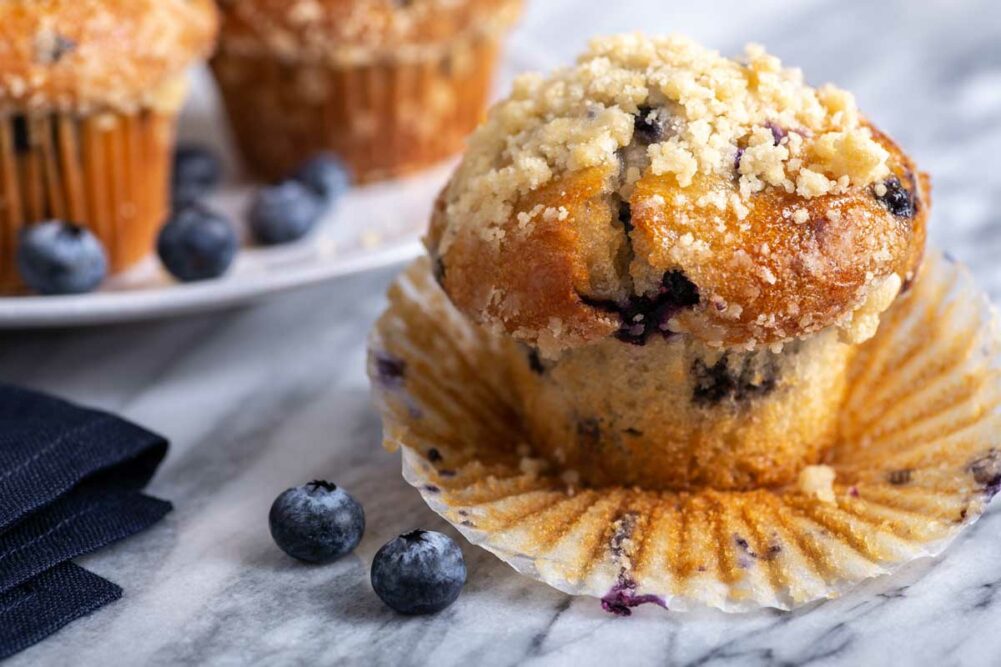Consumers expect pound cake to have a yellow hue with a melt-in-your-mouth buttery taste. They presume orange crackers will provide a cheddar cheese bite while dark brownies have a fudgy richness. Colors assist in communicating aroma and taste, while flavor extracts reinforce that expectation.
“Humans eat with their eyes first,” said Suzanne Collier Johnson, vice president research and development, Mother Murphy’s Laboratories. “Having a visually appealing food always boosts the perception of not only what a flavor is but also the overall food quality and experience.”
“Natural” persists as a buzzword in the formulating world. Consumer demand for cleaner ingredients, however, limits the toolbox of colors and flavors available to bakers. At the same time, the desire for better-for-you formulations puts more demands on colors and flavors. They are often called to action to hide unattractive colors or off-notes associated with functional nutrients and whole food ingredients.
“Formulators trying to deliver preferred taste in high-protein, reduced-sugar or even plant-based baked goods often require tailor-made solutions,” said Philip Caputo, marketing and consumer insights manager, Virginia Dare. “In addition to characterizing flavors, we can improve taste with customizable, integrated taste refinement systems for masking and modulation.”
Virginia Dare offers masking systems that selectively cover up undesirable flavors that some ingredients bring to a product. This includes acidity, astringency, bitterness and medicinal or metallic notes. Modulators are designed to fine-tune specific taste attributes such as sweetness perception and overall flavor impact.
Mother Murphy’s has masking agents to subdue the taste of on-trend fats and oils such as chia seed or avocado oil. Adding natural butter flavor can impart dairy richness to what might be positioned as a plant-based snack.
“These butter flavors help in developing vegan products,” Ms. Collier Johnson said. “Flavors with egg notes can be used in allergen-free or vegan baked goods.”
The same is true for baked foods wrestling with the challenge of reducing sugar.
“Flavors for sugar reduction add back sugary notes to make a product sweeter without adding calories,” said Meredith Bishop, senior scientist, Givaudan Flavors Corp. “There are flavors for added richness and mouthfeel, too. These non-characterizing flavors add something to the product without screaming that they are there. They add value by enriching the eating experience to make you want to keep eating and go back for more.”
A challenge in reduced-fat baking is the loss of richness and indulgence. This impacts how other flavors are perceived, too.
“Reducing fat can throw the rest of the basic tastes out of balance,” said Anne Druschitz, corporate research chef, The Edlong Corp. “Using dairy flavors such as milk, cream and butter can help increase these missing notes while keeping the fat content at the desired level.
“Changing the type of fat in baked goods due to cost, commodity price fluctuation or allergen reasons isn’t always an easy switch, either,” she continued. “Going from butter to margarine or palm oil will change the overall taste profile. Using butter flavors with toasted, cooked, browned or melted notes can help bring back the familiar tastes that consumers expect in a more economical way. Other flavors that bring indulgence and richness in baked goods include white chocolate and clotted cream.”
Reduced-sodium products have their own unique set of challenges. That’s because sodium not only enhances other flavors, but it also delivers a salty taste that many consumers don’t even realize they are experiencing.
“Cultured dairy flavors like buttermilk, sour cream and yogurt can help increase the perception of saltiness in savory bakery applications, such as biscuits and crackers,” Ms. Druschitz said. “In some sodium-reduced baked products, there may be bitter or metallic off notes from salt replacers like potassium chloride. Using milk and butter flavors helps mask these off notes and bring the base back to a neutral profile.”
Fruit flavors and enhancers increase the flavor of fruits in fillings for baked foods. Flavors are particularly useful when the baked carrier cannot accommodate more whole fruit ingredients, as too much fruit may increase moisture content, resulting in a soggy product with reduced shelf life.
“This becomes especially useful for product uniformity. Flavors also improve formulation economics, by extending the flavor of the fruit,” Ms. Collier Johnson said. “They may increase ‘fresh-picked’ fruit flavor and ‘green’ notes that tend to be lost in the high temperatures of baking.”
Corbion offers fermented organic acids that, in fruit ingredients, for example, can be used to increase tartness, brightness and even fruit flavor intensity.
“We’ve also found that our ferments work especially well in items with a creamy or smooth texture, offering enhancements to the richness of certain products in a natural way,” said Kathy Sargent, global strategic innovation director for Corbion. “They also help mask off-flavors, such as the bitterness of some grains or other additives.”
This article is an excerpt from the May 2020 issue of Baking & Snack. To read the entire feature on colors and flavors, click here.






